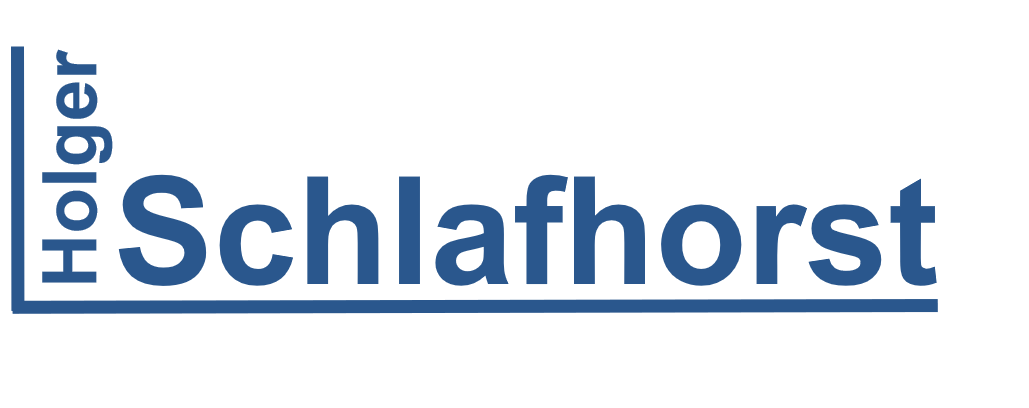Expanding the continuum of substance use disorder treatment: Nonabstinence approaches PMC
Enroll in Amethyst Recovery, and you’ll learn the skills you need to practice effective relapse prevention. The result of this lackluster planning is that we recognize future disturbances, yet do nothing to truly resolve them. If we feel stress, anger or depression, we do not find healthy ways of confronting these feelings. We instead view these emotions as justifications of the negative cognition experienced under AVE. Our hopelessness and our instinctive desire to give up were spot-on, or else we would be happy all the time. Giving up on sobriety should never feel like a justified response to vulnerability.
Thus, this perspective considers only a dichotomous treatment outcome—that is, a person is either abstinent or relapsed. In contrast, several models of relapse that are based on social-cognitive or behavioral theories emphasize relapse as a transitional process, a series of events that unfold over time (Annis 1986; Litman et al. 1979; Marlatt and Gordon 1985). According to these models, the relapse process begins prior to the first posttreatment alcohol use and continues after the initial use. This conceptualization provides a broader conceptual framework for intervening in the relapse process to prevent or reduce relapse episodes and thereby improve treatment outcome. Harm reduction therapy has also been applied in group format, mirroring the approach and components of individual harm reduction psychotherapy but with added focus on building social support and receiving feedback and advice from peers (Little, 2006; Little & Franskoviak, 2010). They may not recognize that stopping use of a substance is only the first step in recovery—what must come after that is building or rebuilding a life, one that is not focused around use.
MeSH terms
The focus is on identifying and accepting the urge, not acting on the urge or attempting to fight it4. Another factor that may occur is the Problem of Immediate Gratification where the client settles for shorter positive outcomes and does not consider larger long term adverse consequences when they lapse. This can be worked on by creating a decisional matrix where the pros and cons of continuing the behaviour versus abstaining are written down within both shorter and longer time frames and the therapist helps the client to identify unrealistic outcome https://ecosoberhouse.com/ expectancies5. As seen in Rajiv’s case illustration, internal (social anxiety, craving) and external cues (drinking partner, a favourite brand of drink) were identified as triggers for his craving. There is less research examining the extent to which moderation/controlled use goals are feasible for individuals with DUDs. The most recent national survey assessing rates of illicit drug use and SUDs found that among individuals who report illicit drug use in the past year, approximately 15% meet criteria for one or more DUD (SAMHSA, 2019a).
Set Goals With Self-Compassion – Right as Rain by UW Medicine
Set Goals With Self-Compassion.
Posted: Wed, 28 Dec 2022 08:00:00 GMT [source]
Factors that may lead to dieting, such as parental or childhood obesity, have been identified as potential risk factors for the development of this disorder. Two publications, Cognitive Behavioral Coping Skills Training for Alcohol Dependence (Kadden et al., 1994; Monti, Kadden, Rohsenow, Cooney, & Abrams, 2002) and Cognitive Behavioral Therapy for Cocaine Addiction (Carroll, 1998), are based on the RP model and techniques. abstinence violation effect Although specific CBT interventions may focus more or less on particular techniques or skills, the primary goal of CBT for addictions is to assist clients in mastering skills that will allow them to become and remain abstinent from alcohol and/or drugs (Kadden et al., 1994). CBT treatments are usually guided by a manual, are relatively short term (12 to 16 weeks) in duration, and focus on the present and future.
Abstinence Violation Effect
Given the abstinence focus of many SUD treatment centers, studies may need to recruit using community outreach, which can yield fewer participants compared to recruiting from treatment (Jaffee et al., 2009). However, this approach is consistent with the goal of increasing treatment utilization by reaching those who may not otherwise present to treatment. Alternatively, researchers who conduct trials in community-based treatment centers will need to obtain buy-in to test nonabstinence approaches, which may necessitate waiving facility policies regarding drug use during treatment – a significant hurdle. There has been little research on the goals of non-treatment-seeking individuals; however, research suggests that nonabstinence goals are common even among individuals presenting to SUD treatment. Among those seeking treatment for alcohol use disorder (AUD), studies with large samples have cited rates of nonabstinence goals ranging from 17% (Berglund et al., 2019) to 87% (Enggasser et al., 2015).
